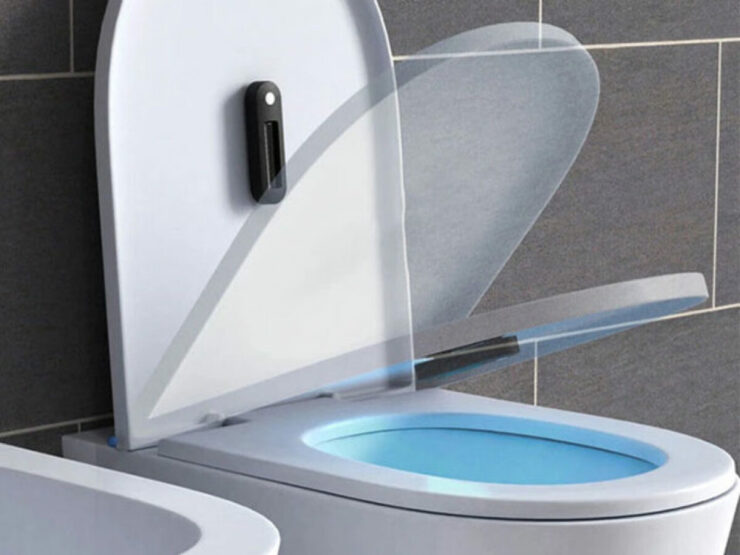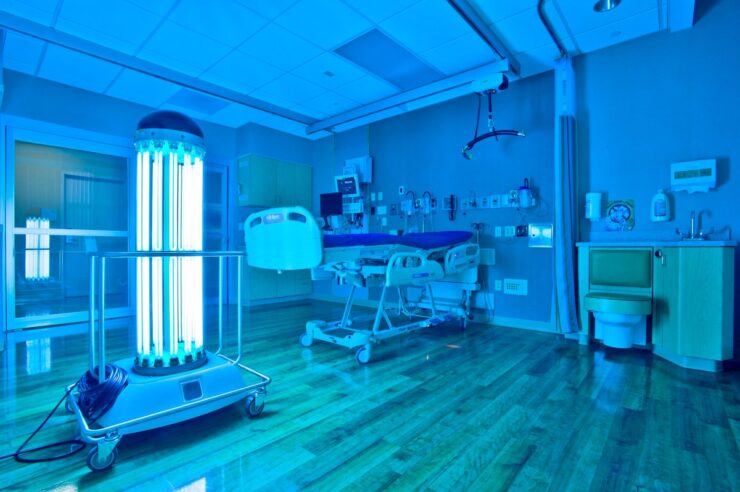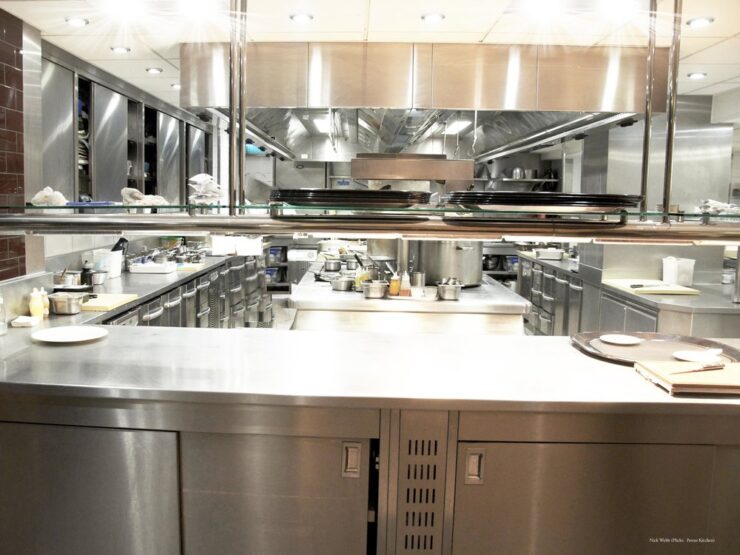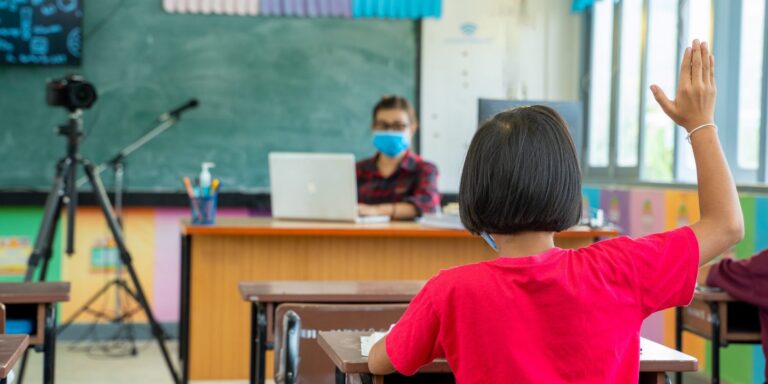What’s your key takeaway from the coronavirus pandemic? Like many, you likely learned the importance of personal hygiene and sanitizing spaces. As an administrator, it’s vital to consider UV light sanitizer for school, as pathogens are prevalent in public schools. Here are some of the areas that need regular disinfection.
1. Washrooms Need UV Light Sanitizer for School

Washrooms are a hot zone in most public schools. Odds are, your mind races to school toilets when you hear the term germs.
You probably have your school janitors working around the clock keeping toilets clean. But toilets aren’t the only hot zone.
In fact, faucet handles and sinks harbor more pathogens than toilets due to water accumulations. Water provides an optimal breeding ground for various germs.
Washroom fixtures harbor pathogens like E. coli, which cause illnesses and, consequently, school-wide panic.
So, thorough sanitization of all fixtures is crucial. UV sanitizers kill up to 99.9% of these pathogens, making them excellent options for your hygiene efforts.
2. Classrooms
Students spend the majority of their time in classrooms. And they constantly move around various classrooms for different subjects.
This makes classrooms one of the most common origin points for infections. Moving around allows pathogens to spread faster than they usually would.
That’s the primary reason health officials asked individuals to minimize movement during the pandemic. But, you can’t avoid movement in public schools as not all classes are equipped to handle all lessons. That makes UV sanitization a great approach to keeping students safe.
3. Gymnasiums

Contact sports like wrestling and football are common in schools. Students participating in these sports are at a higher risk of contracting respiratory tract illnesses.
They are at an even higher risk of coming into contact with colony-forming units of bacteria. Reports show that sports equipment harbors more bacteria than toilets.
Regular sanitization is necessary for students’ safety. UV sanitizers kill more germs than any other disinfectant.
4. Locker-Rooms
School locker rooms are just as dangerous as gymnasiums. They are breeding grounds for some of the most dangerous pathogens as they’re often hot.
Illnesses can quickly spread among students as most locker rooms don’t have enough ventilation. They need as much attention as washrooms and gymnasiums.
5. Nurse’s Clinics

Nurse clinics are high-risk areas as sick students often frequent them. Regular cleaning may kill some germs, but not all.
It takes more to get rid of germs like norovirus and SARS-CoV-2. That’s where UV disinfectants come into play. They inactivate pathogens by interfering with their replication and transcription processes.
6. Common Areas/Courtyards
As one of the most frequented places, courtyards harbor many pathogens. Germ spread in these areas is relatively high as children often interact with each other.
Some even eat snacks in these areas, thus increasing the risk of gastrointestinal illnesses. UV disinfection is a wonderful option as UV light can kill up to 99.9% of the germs. Hence, children can play and snack without worrying about falling sick.
7. Kitchens and Cafeterias

Various foods carry bacteria that can spread on other surfaces and cause illnesses. The most common include E. coli, norovirus, salmonella, and hepatitis A.
- coli and salmonella can survive for several hours on kitchen surfaces. And hepatitis A can persist for months under the right conditions.
So, there’s a need for regular disinfection in these areas. Ideally, you need to disinfect kitchen and cafeteria surfaces after use.
UV Light Sanitizer for Schools
Public schools are hot zones for illnesses due to their high student traffic, so using UV light sanitizer can be the perfect option. It’s essential to sanitize core areas like classrooms, gymnasiums, washrooms, and kitchens.
Remember, children carry germs from school to their homes. Thus, disinfecting surfaces can help protect the children and their loved ones at home.

